
Share
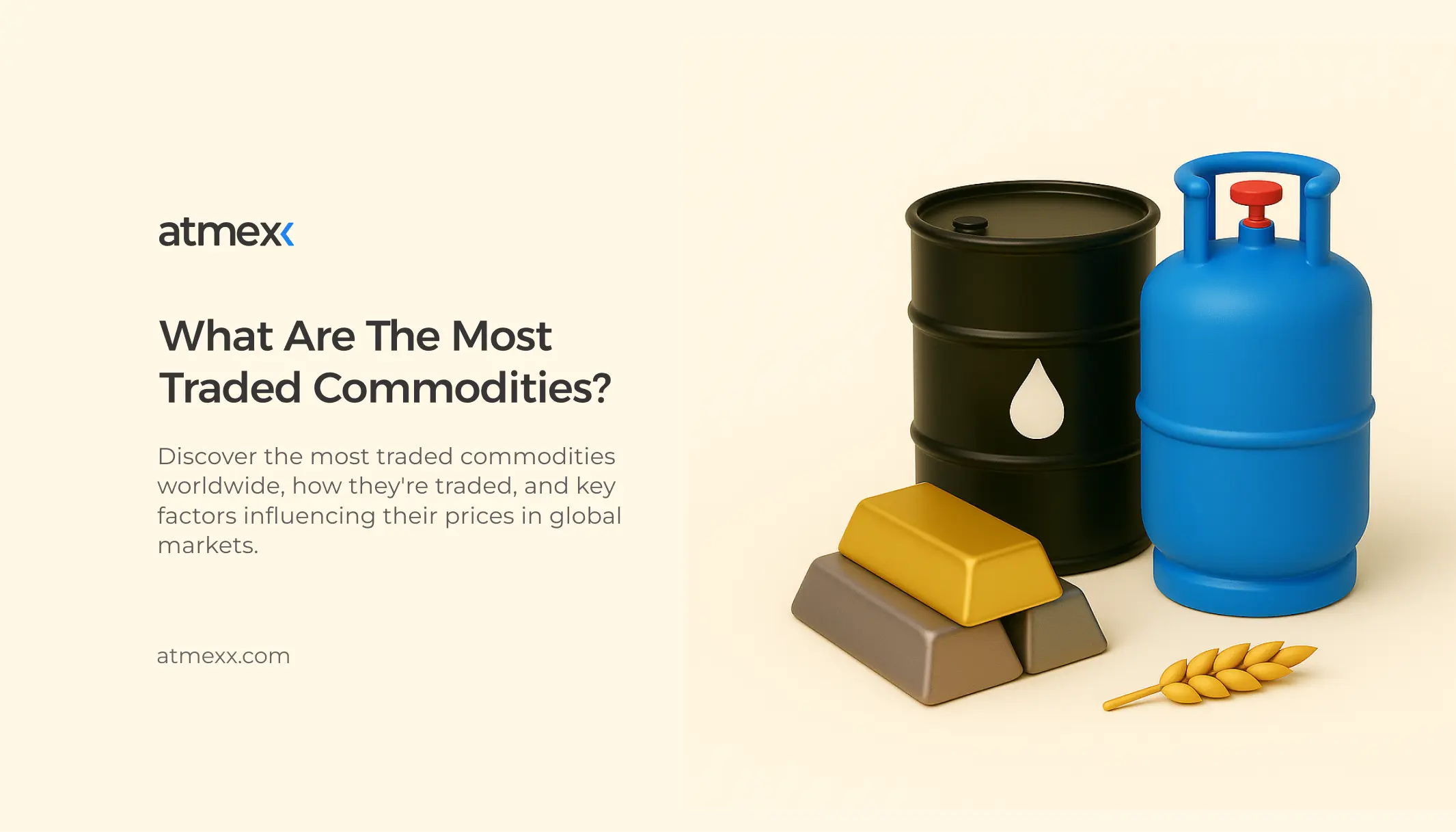
Related articles
Author
Constantine Blake
Imagine a realm where unseen lines link the crowded urban areas, loud manufactories, and peaceful agricultural lands—all of which are interconnected by the movement of necessary basic materials.
Raw materials are these potent wires that run just below the pavement of daily existence, supplying everything that goes from the vehicles in which we move to the food that we eat in a very quiet manner. These are the lifeblood of the world economy, continuously exchanged, valued, and speculated upon.
Why not explore the top world commodities trading to learn what factors have contributed to the current valuation of these commodities?
Commodities refer to those goods that are the basic needs of trade, are exchangeable with other goods of the same kind, and have no distinction in quality. In contrast to commodities, goods are generally commodities or products of the primary sector that can be converted into consumer goods through processing.
Being uniform and standardized in their features, they are ideal for large-scale trading in global markets. Some instances of commodities are oil, natural gas, gold, wheat, sugar, and coffee. These are the basic building blocks of the global supply chain, which is also in demand for the energy, construction, food, and technology industries.
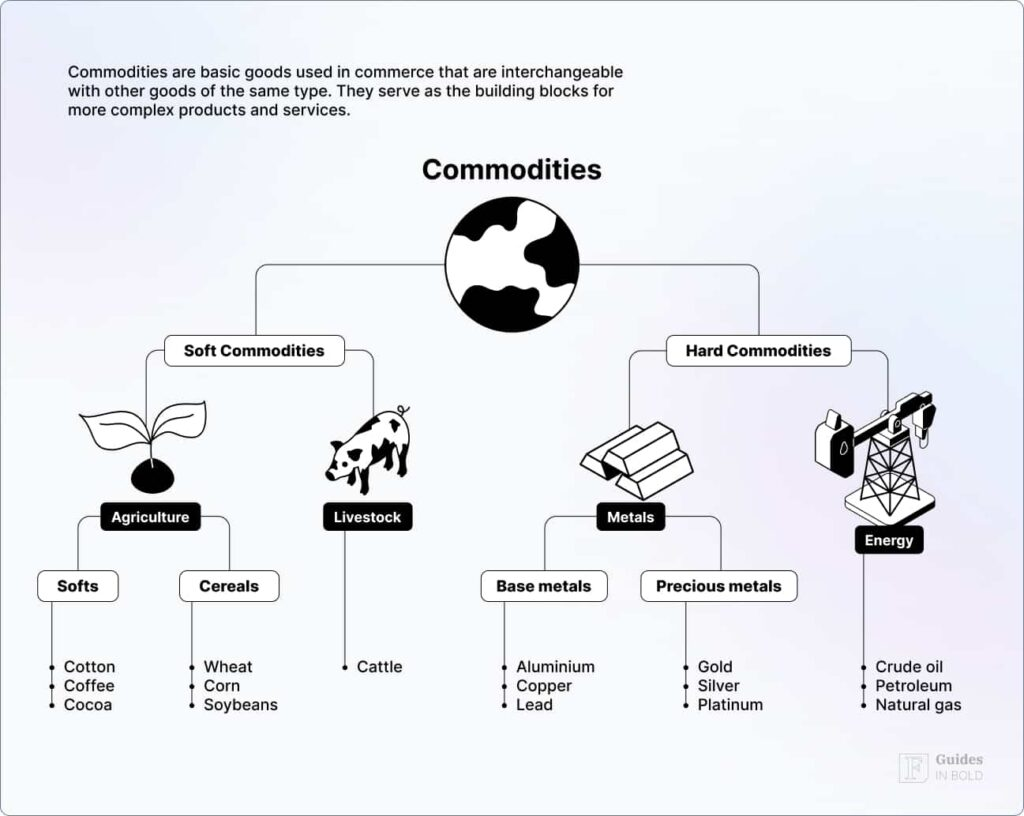
Economists and traders typically categorize commodities into two major groups: hard and soft. Hard commodities refer to materials that are essentially non-renewable and derived from natural sources, such as crude oil, metals, and minerals. These items are the backbone of the industrial manufacturing, construction, and energy sectors.
Soft commodities are generally products of human activities such as agriculture and livestock, in contrast to hard commodities. The main products in the soft commodities market are foodstuffs and fibers. The price that is often volatile is a feature of these goods, which are more vulnerable (in terms of supply) to nature, seasons, and living organisms.
The physical exchanges and the use of financial instruments, such as futures contracts, are the primary mechanisms for commodity trading. In this way, the buyers can agree on the prices they will pay in the future. Such a system facilitates international trade and also serves as a risk management and price discovery mechanism.
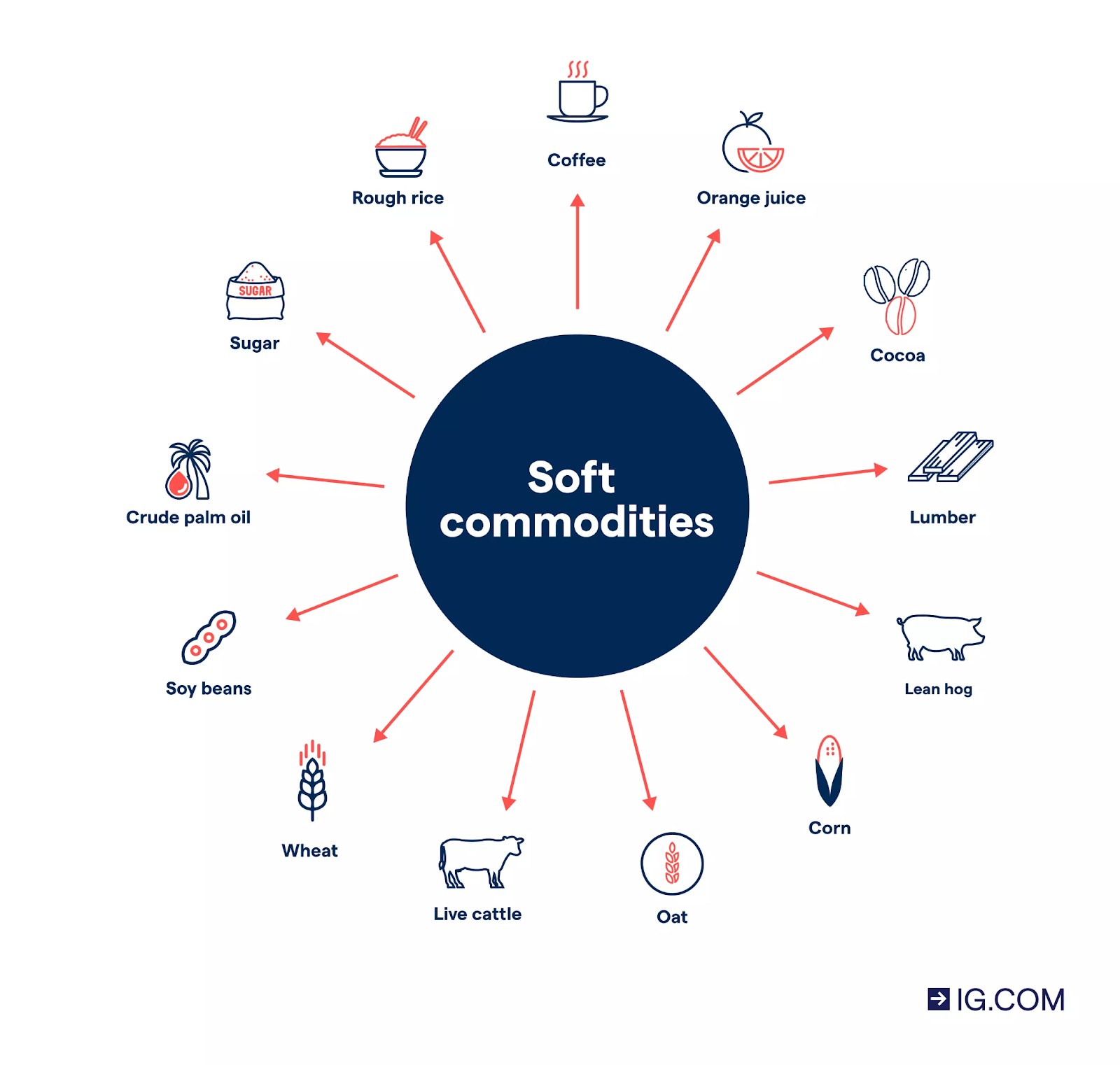
One of the main features of commodities is that they serve as a type of investment that works well as a protector against inflation, as well as against the loss of a currency's value.
Moreover, by virtue of their fundamental role in the global economy and their sensitivity to political and ecological issues, an understanding of commodities is essential to general market trends and global economic well-being.
Commodities are the lifeblood of the global market, through which international trade flows, the entire industrial sector is energized, and billions of people are fed. What are the most demanded commodities on world exchanges?
Those listed below are the ones that overwhelmingly dominate global markets in terms of trading volumes, market sizes, and strategic value. Their prices are closely followed, closely examined, and used as leading economic trend signals worldwide.
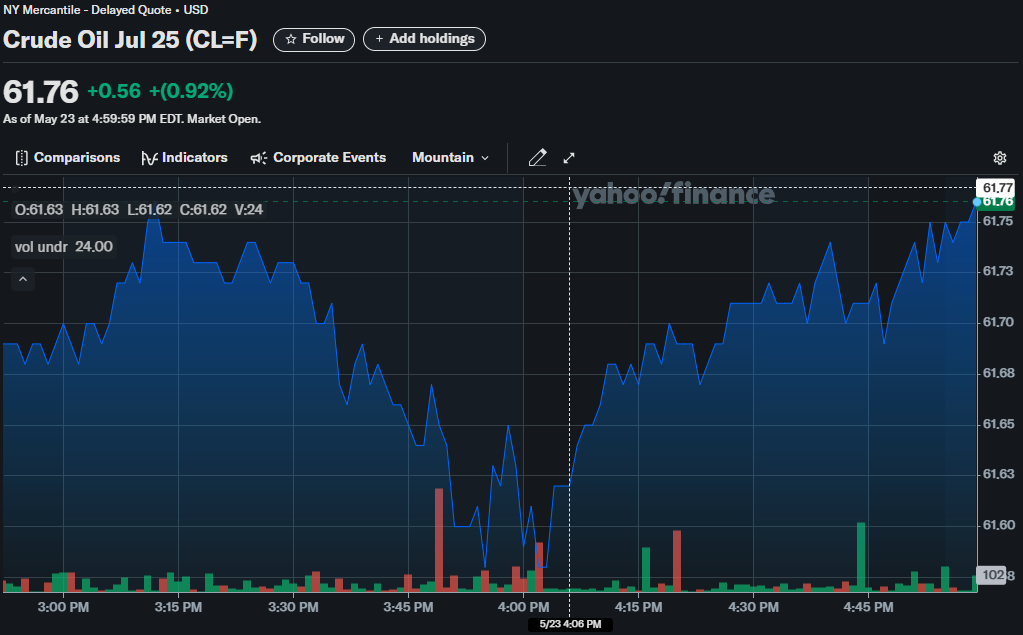
Crude oil remains the most heavily traded single commodity in the world, providing the global energy system with its primary support. Almost all transportation fuel and energy needed for cars and planes is produced from oil; additionally, oil is used for heating and electricity generation in many areas.
Moreover, crude oil is only the starting point of a vast array of petrochemical products, which are the main components of plastics, synthetics, and fertilizers; thus, it is a crossover product in nearly all modern industrial sectors.
On the one hand, market forces for the commodity are shaped by whom? A handful of powerful producing countries, amongst which Saudi Arabia, the United States, and Russia are at the top of the list in global output.
On the other hand, the largest consumers of the product are the most industrialized and fastest-growing countries: the U.S., China, and India. The price of crude oil is affected by supply and demand to a certain degree, in addition to factors such as geopolitical instability, OPEC policies, and technological innovations in extraction.
Globally, two major benchmarks are most frequently referred to when discussing the price of oil: Brent Crude, which originates from the North Sea, and West Texas Intermediate (WTI), produced in the United States. While Brent is regarded as the global reference, WTI is seen as indicative of the U.S. domestic market.
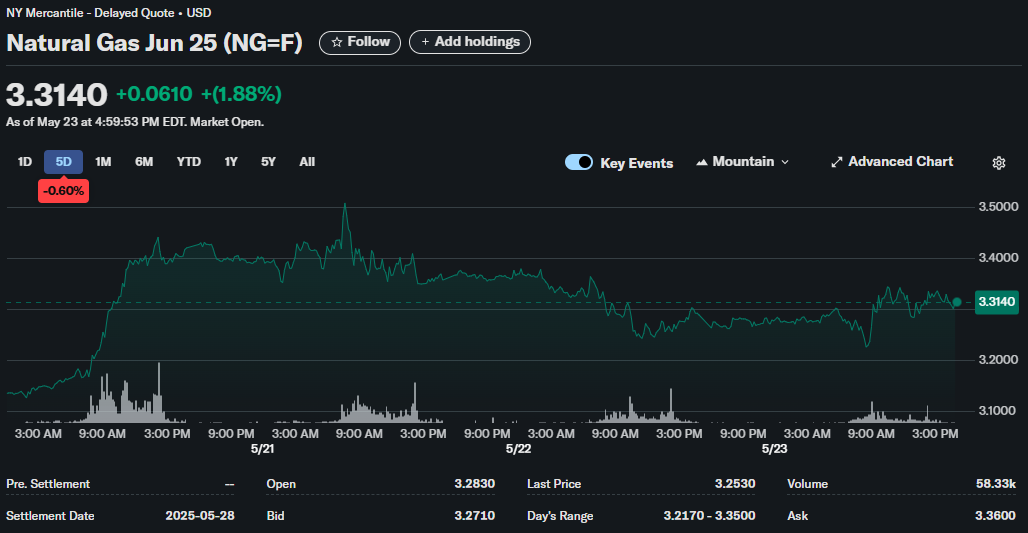
Natural gas is gaining strategic importance very rapidly as the world shifts towards more environmentally friendly energy sources. It is frequently referred to as a "bridge fuel" because it produces a lower amount of carbon dioxide per unit of energy than coal or oil.
As a result, it has become the preferred fuel for electricity generation and for heating the industrial sector. Additionally, its adaptability includes home heating and, in some areas, the use of gas as a vehicle fuel.
The international trade of natural gas has soared, driven by the development of liquefied natural gas (LNG), which removes the limitations of pipeline deliveries in transporting natural gas to foreign countries. The U.S. Henry Hub and the Netherlands Title Transfer Facility (TTF) are examples of local benchmarks that help determine regional and global prices.
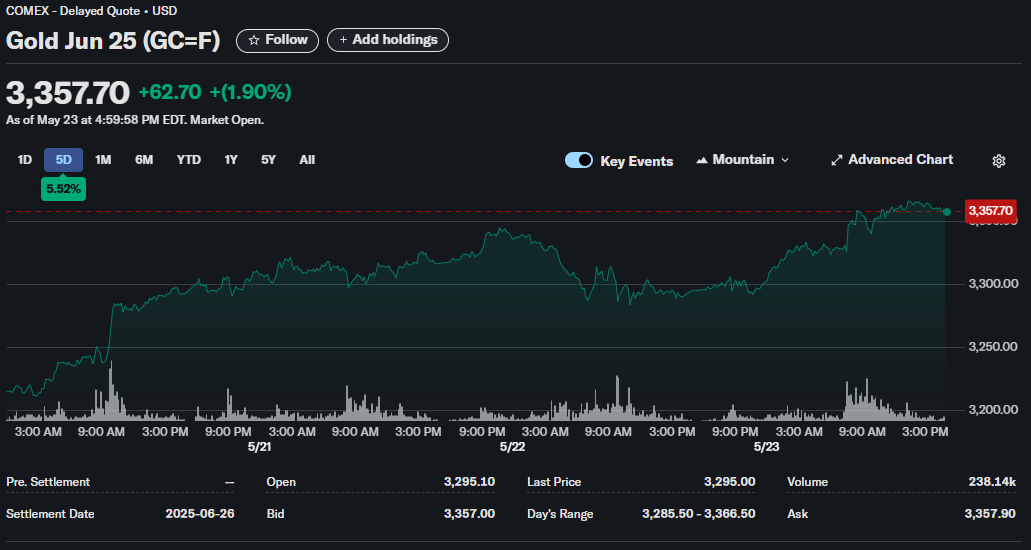
Gold has been one of the most valued commodities in the world for over a thousand years. Its durability, scarcity, and loveliness have made it a typical store of value in all cultures. Hence, it is still regarded as such, which is particularly the case in times of crisis or inflation, when investors resort to gold as a safe-haven asset to protect their investments.
Gold is an important reserve kept by central banks, and the demand is also attractive for retail investors, jewelry producers, and technological companies (for its conductivity).
Gold is mainly traded in London and New York. The price is affected by what central banks decide, exchange rates, and the general economic mood. Nevertheless, despite not losing its historical credibility, gold remains in high demand due to its historical credibility.
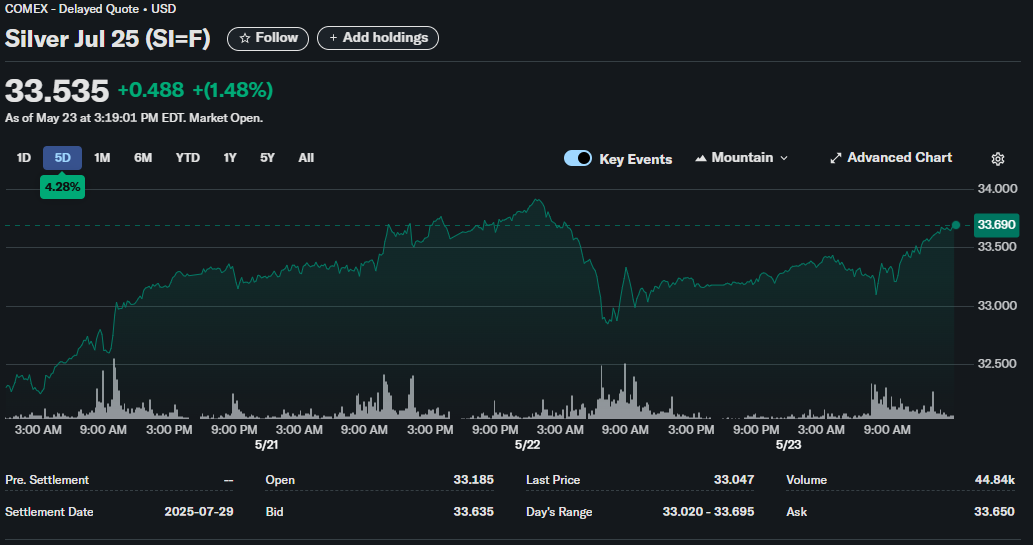
Silver is a metal that holds a unique position in the world, being both one of the most valuable and one of the most widely used metals in industry. The ability to conduct electricity, its antibacterial properties, and its soft physical nature make it a highly valuable metal in the creation of electronics, medical devices, and solar energy technologies. At the same time, its lower price compared to gold makes it a favorite among investors and jewelry makers.
Nevertheless, the prices of silver have always been more volatile than those of gold due to its smaller market and greater exposure to industrial cycles. It can closely follow the trend of gold during times of crisis, but at other moments, it can separate considerably due to changes in industrial demand. The use of silver in the global economy is expected to continue rising as the earth's technology becomes increasingly dependent on solar and wind energy.
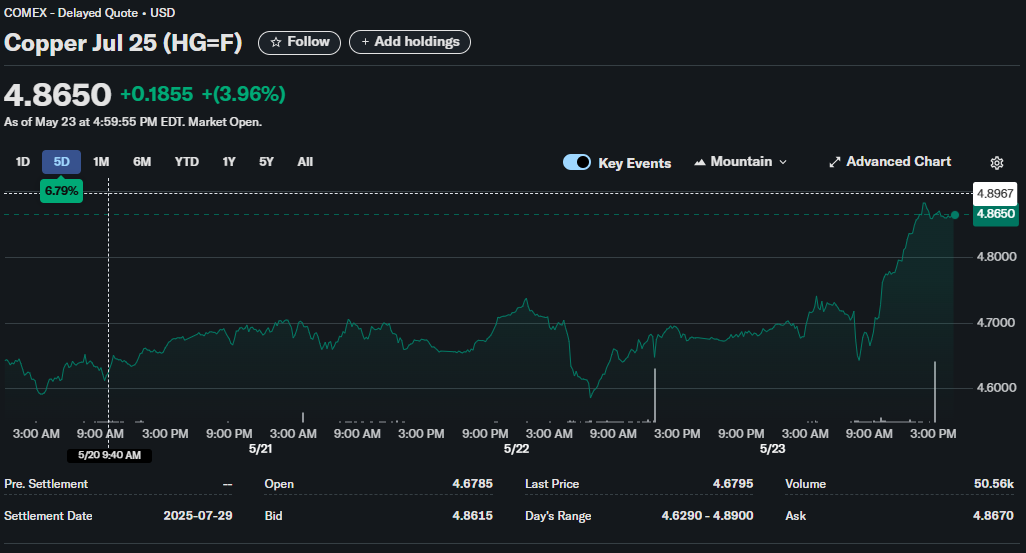
For many years, copper - often dubbed "Dr. Copper" due to its ability to forecast the health of the global economy - has been a major player in the development of infrastructure, the electronic sector, and the manufacturing sector.
It is a basic material for construction, wiring, motors, and — more recently — in the areas of electric cars and renewable energy systems.
Due to the variety of industrial applications, the demand for copper is typically higher during periods of economic growth and lower during times of crisis. The pace of urbanization and the level of green technology adoption are the two key factors that determine the strategic importance of copper, which has never been more evident in emerging markets.
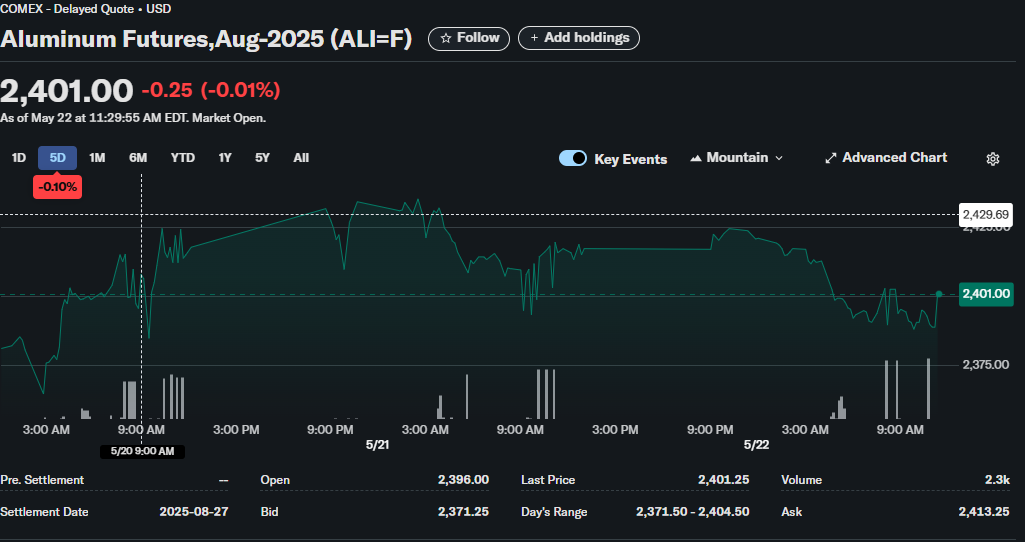
Aluminum is a lightweight and corrosion-resistant metal that finds extensive applications in the automotive, aerospace, building, and packaging industries. Due to its versatility and recyclability, it is a preferred material in contemporary sectors, particularly in the area of energy and environment.
On the other hand, the process of producing aluminum is energy-intensive. The method of smelting the metal requires vast amounts of electricity, which is mainly generated from hydroelectric or coal sources.
Additionally, energy costs and environmental regulations play a significant role in pricing and production. As industries continue to strive for cleaner production methods, green aluminum is becoming a favored product in international trade.
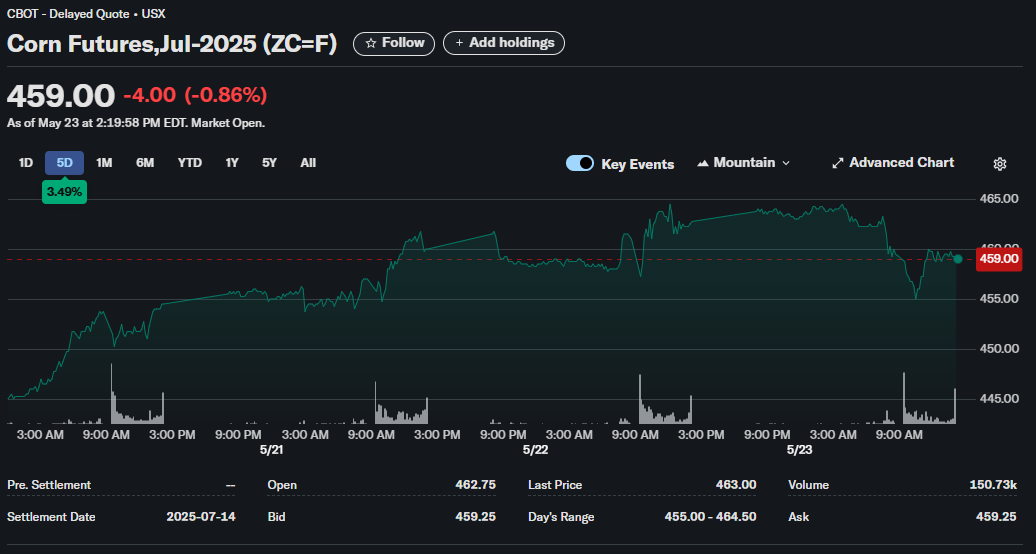
Corn is one of the most popularly cultivated and traded agricultural products globally. It is at the base of the food chain - eaten directly by people, used as feed for animals, and converted into ethanol for fuel. Additionally, corn is the major source of processed foods and industrial products like adhesives and plastics.
America tops the list of corn producers and exporters by a significant margin, hence domestic policies, weather conditions, and planting forecasts in the Midwest are very important for the international markets. The value of corn is very volatile with regards to climatic occurrences like droughts and floods and overall demand for food and biofuel policy.
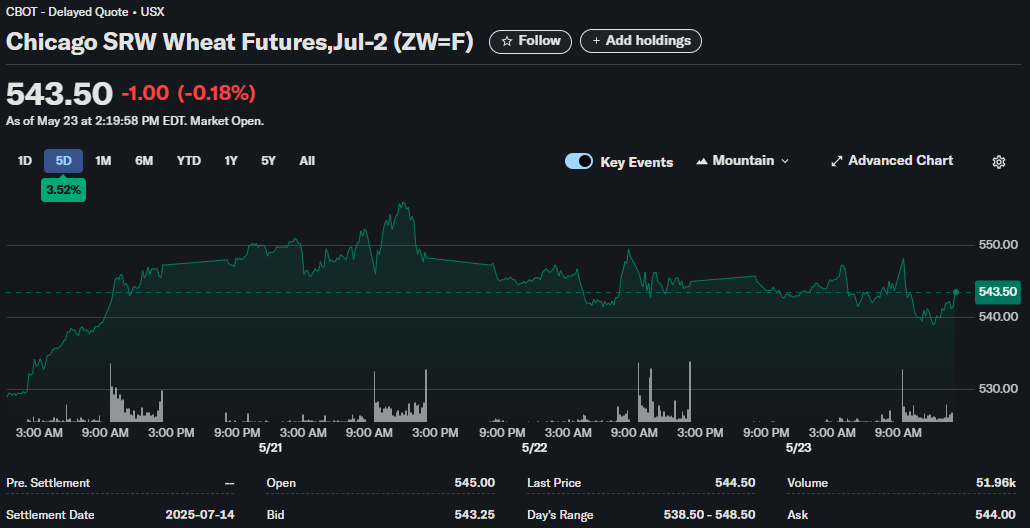
Wheat is the main food of the people and hence it is the lifeblood of the diets of billions all over the world. Being the base of bread, pasta, and numerous processed foods, it is a very important agricultural commodity. It is grown in all continents except Antarctica, still, the production is spread out in the most influential regions like the U.S., Canada, Russia, Ukraine, and Australia.
The markets for wheat are very sensitive to the occurrence of natural disasters, political unrest, and trade barriers. The war between Russia and Ukraine might be cited as one of such recent events which have exposed how supply shocks could propagate through the global food systems and bring about price volatility that affects wide areas.
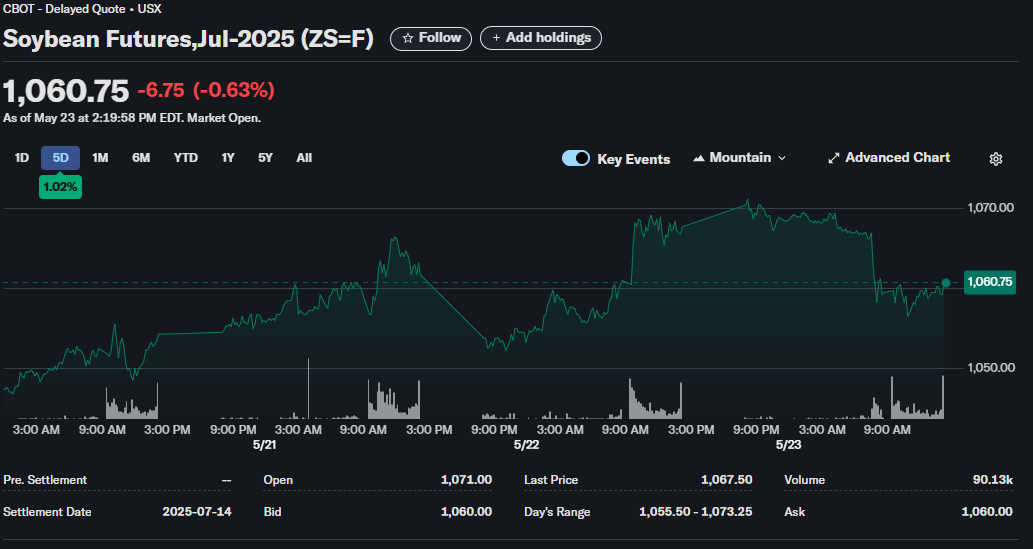
Soybeans are a versatile crop of great commercial value. They are ground to extract soybean oil (for both food and industrial use) and soy meal (used as a high-protein feed for animals). Besides that, soy-based products are gaining popularity among vegetarians and people who are conscious about their health.
The United States and Brazil are leading the production of soybeans, their planting periods, and export policies affecting the supply worldwide to a great extent. Environmental variations, transport facilities, and agricultural subsidies are factors that shape the international soybean market. The demand for soy is likely to remain high as plant-based diets and biofuels continue to grow in popularity.
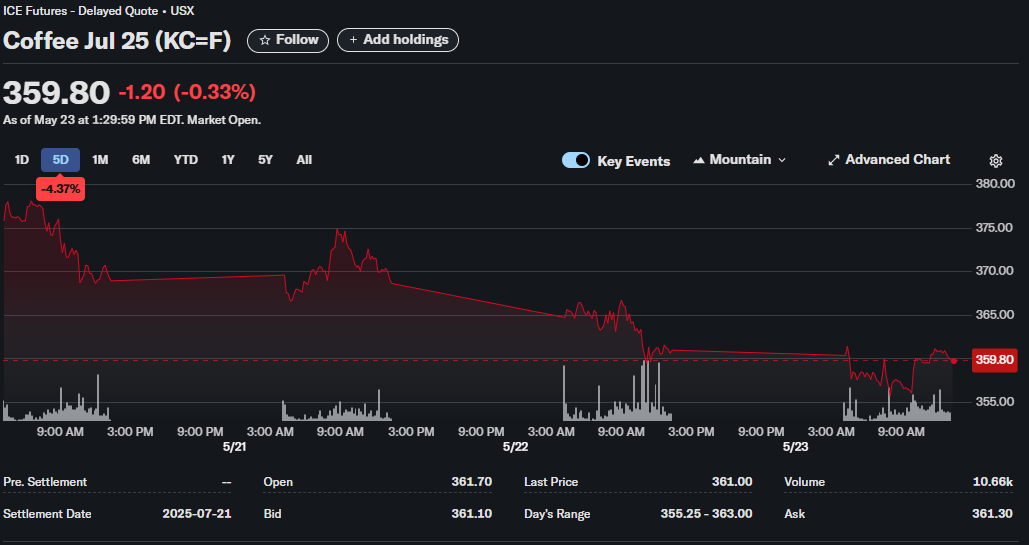
Coffee is not just a drink - it is an entire industry that spans the globe and is responsible for the livelihoods of millions of farmers and workers in Latin America, Africa, and Southeast Asia. Being one of the most popular drinks in the world, coffee generates huge trade volumes and is the economic lifeblood of several developing countries.
Climate issues have a prominent impact on the coffee market, especially in top producers such as Brazil and Vietnam. A range of events like droughts, frosts, and pests can reduce harvests to zero and make prices go up significantly.
Besides, the situation for coffee becoming more uncertain due to issues in transportation, workers’ rights, and irregularity in the demand for the importing countries.
Commodity prices are impacted by a multifarious set of factors that echo not only the global but also the local dynamics. The prices of these commodities can change on a daily basis due to various factors including supply and demand, economic situations, and even political events.
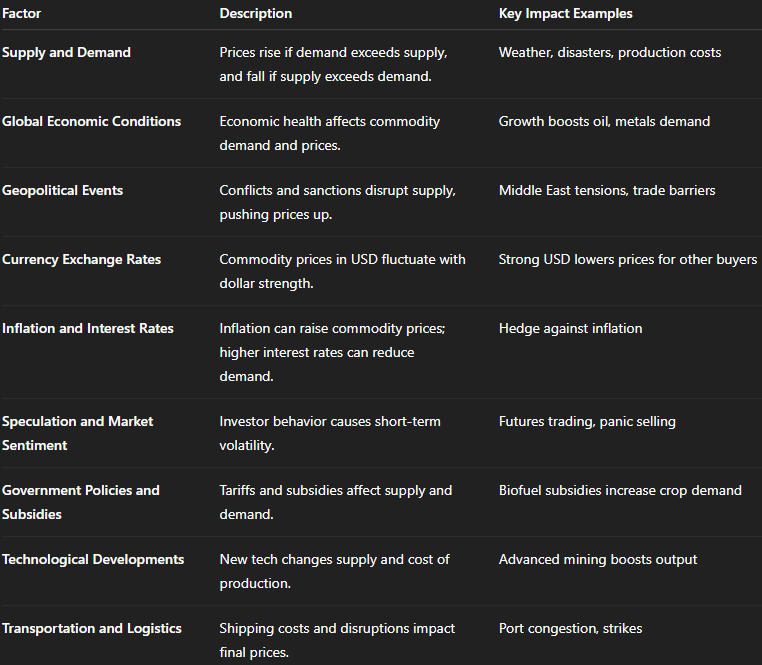
Below are the key factors that affect commodity prices:
The availability of a commodity is the most fundamental factor that influence prices. Basically, prices go down when the supply is greater than the demand, and conversely, if the demand is higher than the supply, prices increase.
Supply-side factors that could affect supply include weather (where each case is more important for agriculture), natural disasters, production costs, labor disruptions, and new technologies.
Besides, demand for goods and services may increase because of population growth, industrial activity, utilization of products during certain seasons, and changes in consumer preferences.
The overall health of the world economy, particularly in major markets like the U.S., China, and the EU, directly impacts commodity demand. Strong economic growth tends to increase consumption of commodities such as oil, metals, and food, driving prices higher. Conversely, economic downturns reduce industrial output and consumer spending, lowering demand and prices.
Production as well as the transportation of goods, particularly oil, gas, and minerals can be negatively affected by political instability, wars, sanctions, and trade disputes.
Basically, troubles in crucial areas like the Middle East have been the main reason for the anxiety of insufficiency of oil and thus, prices have escalated. Besides, trade barriers may limit the movement of commodities and so have an impact on worldwide prices.
Dollar value changes internationally affect prices since the pricing of most commodities is done in U.S. dollars. When the dollar is stronger, commodities become pricier for buyers who are using other currencies and as a result, demand is lower and prices get down. However, a lower dollar is usually associated with higher demand and prices.
Commodities are usually perceived as a safeguard from inflation, hence an increase in inflation may result investors to purchase commodities thereby pushing the prices up.
Besides, what is the influence of interest rates? In case the rate is high it is more advantageous to put the money in interest-bearing accounts rather than commodities and therefore the prices of commodities will fall. Conversely, lower interest rates usually stimulate the inflow of more funds into commodities.
Short term price fluctuations may be caused by investor behavior and market sentiment. The prices of commodity futures may increase due to the large speculative trading even if the supply or demand for the commodity is unchanged. Additionally, volatility can arise through the dissemination of news, the making of forecasts, or through market panic.
Commodity markets can be greatly influenced by government interventions in the form of tariffs, subsidies, export bans, or price controls. As an example, a subsidy for biofuel can raise the demand for crops such as corn and sugar, on the other hand, limitations on exports can reduce supply in the international market and consequently lead to higher prices.
Technological improvements in the areas of farming, manufacturing, or extraction can affect the supply of commodities. The advent of new mining or drilling technology can lead to higher production and lower prices. On the other hand, ecological rules or restrictions on particular technological methods may cause the supply to be limited and prices to increase.
One of the most important factors that determine the prices of commodities is the costs and the efficiency of their transportation. If there are high shipping costs, port congestion or disruptions like strikes or pandemics, the expenses of deliveries as well as the prices of goods will increase. Good logistics systems help to stabilize the prices of commodities.
Commodities trading involves buying and selling raw materials or primary agricultural products, a critical part of the global financial system.
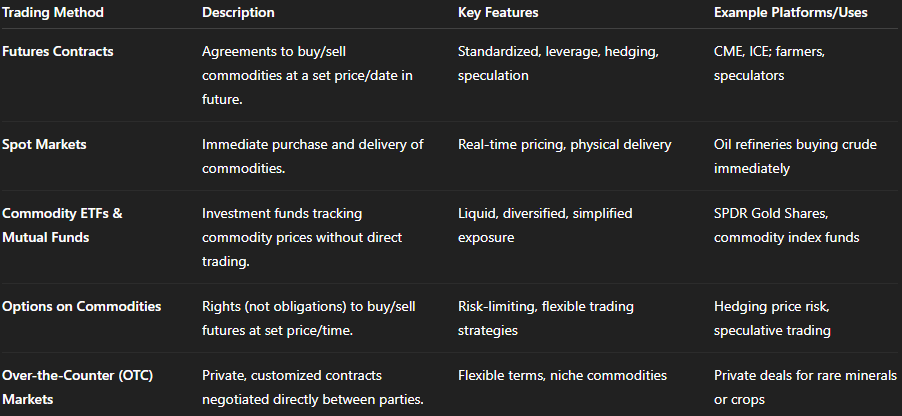
Because these goods are tangible and essential to many industries, their prices fluctuate based on supply, demand, geopolitical events, and economic conditions.
Here's a detailed look at how commodities are traded:
One of the most popular methods of trading commodities is by using futures contracts. These are non-modifiable agreements made between two parties to buy or sell a certain amount of a commodity at a price already decided on a specific day in the future. Futures are traded on exchanges like the Chicago Mercantile Exchange (CME) or the Intercontinental Exchange (ICE).
Hedgers use futures to protect themselves from price changes. For instance, a farmer could sell wheat futures to fix a price before the harvest and lower the risk of a price fall. Speculators, on the contrary, work with futures to make money on the changes in prices without planning to receive the goods.
Futures also allow traders to use leverage, meaning they can control a large amount of a commodity with a small amount of money, which can increase both their profits and losses.
Spot markets refer to transactions where goods are bought and sold directly within a short period usually "on the spot" or delivery and payment made. Such market is mainly utilized by companies or traders who need the real commodity immediately for further production or resale.
Spot prices matter a lot since they mirror the present fair values of the market for commodities and frequently are the reference point for futures contracts and other financial instruments.
Commodity ETFs and mutual funds are one of the easy-access alternatives for those investors who want to be exposed to commodities without the usual hassle of futures or the physical goods. Such funds may replicate the value of a single commodity or a weighted basket through holding derivatives or actual commodities.
Besides giving investors access to commodities in a less risky and less complicated way, these instruments are very liquid as they can be traded on the exchanges with ease. Some of the widely used vehicles are single metals ETFs as SPDR Gold Shares or diversified commodity index funds.
Options on commodities offer the buyers the possibility to purchase or sell futures contracts at a certain price that is determined in advance and before a given date, but they are not obliged to do so.
This feature enables traders to use the markets for price risk or speculation, but their losses potential will be limited. Options are "power tools" in price risk management as they can give the user a predetermined risk level.
There are some commodities that are dealt in over-the-counter (OTC) markets, in which buyers and sellers directly negotiate private contracts. In contrast to exchange traded contracts, OTC transactions are generally adjusted in volume, grade and the delivery terms, which is a big differentiator for less standardized or niche commodities that may not be sufficiently traded on formal exchanges.
Commodities are the unsung heroes of our world — the raw ingredients behind every invention, meal, and journey. Their prices rise and fall like tides, reflecting the delicate balance of nature, human innovation, and global politics.
If you’re ready to explore this fascinating world and participate in commodity trading, Atmexx offers a trusted platform to help you confidently and easily start your journey.
So next time you sip your coffee or fill up your tank, remember: you’re part of a grand story written in barrels, bushels, and bars of precious metals — and with WorldTradeFX, you can be part of that story, too.
What are commodities?
Commodities are raw materials or primary products traded globally, like oil, gold, and wheat.
How are commodities traded?
Mainly through futures contracts, spot markets, ETFs, options, and over-the-counter deals.
What affects commodity prices?
Supply and demand, geopolitics, economic conditions, currency rates, and speculation.
Why is crude oil the most traded commodity?
It fuels transportation, energy, and industrial products, making it vital worldwide.
How do investors use commodities?
As a hedge against inflation and currency risks or to diversify portfolios.